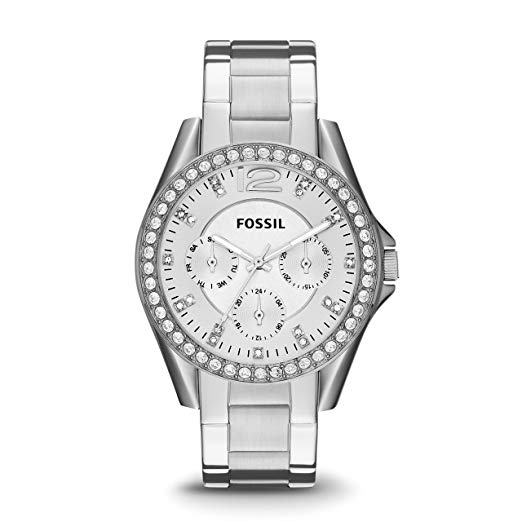One of the biggest debates among watch-owners is the “analog vs digital” argument, with great points on both sides and no clear winner. However, it’s definitely true that an electronic or digital watch can perform certain functions and tasks much better than the regular kind – both have their own upsides and downsides.

Visual Style
Analog watches are generally said to have the best overall aesthetics, regardless of whether they’re using a modern style or a classic design. The main reason for this is the moving parts – you simply can’t replicate the bulky, clockwork-style movement of an analog watch on digital design, at least not in a convincing way. They often also have a much slimmer frame, since they don’t need a power source, complex wiring, and a full digital display – they just need the small moving parts that you can wind up with a little nub on the side.
That being said, some people prefer the look of a digital watch if it’s done right. For example, some use light-up numbers that shine through the watch “face” when pressed, whereas others embrace their bulkiness and take a sci-fi inspired design. It really comes down to your personal preferences, as well as the kind of outfit aesthetic you choose to go for most of the time.
Price
In almost all cases, digital watches are cheaper than analog ones. They’re far easier to produce in bulk and often share a lot of internal parts, meaning that you’re more likely to find them for cheaper prices or discounted during sales. This can be a good thing and a bad thing – it’s easier to get hold of an “expensive” digital watch since the general price range is lower, but a lot of people still see them as inferior to analog watches, to the point where a cheaper analog model might actually look better.
Whatever your budget is, you can easily find something that fits – you’ll just need to start looking slightly lower if you’re trying to find an analog design.
Extra Features
Analog watches and digital watches can both come with a range of different extra features and tools, but they’re both limited in different ways. In most cases, a watch will either be all-analog or all-digital, with no mixture of the two. This means that an analog watch is often limited to something like a chronograph, whereas a digital model of the same price and style can have alarm clocks, time zone settings, GSP tools or even act as a Smartwatch that can pair with your mobile devices.
There are some features that are shared between both types, like waterproofing or shock-resistant padding, so it’s not too difficult to find them if you look long enough. If you don’t need anything more complex, a lot more options open up, so you don’t necessarily need to get a watch with anything too advanced if you’re just looking for something that can tell the time.
Branding
While you might deny it, most people are influenced by big brand names. There’s a reason that most ‘best men’s watches’ or ‘best women’s watches’ lists are only filled with major brands – they get the most attention and are the easiest to find online. However, a big brand name can sometimes come with an increased price point or a specific set of features that you don’t need, especially if they’re digital watches that are designed to work with other devices that you don’t have.
On the other hand, a good brand can also be a sign of high quality, especially if you’re buying directly from them. After all, they have a reputation to uphold, so most companies won’t generally reduce the quality of their products to an extent where people start complaining. In addition, larger brands often have a support team or repair service that can fix your watch if something breaks, whereas cheaper brands generally work on a “throw it away and buy a new one” basis instead.
Which Is Better?
Neither type of watch is entirely better than the other: they both have the same basic purposes, but their differences make them entirely separate in terms of their extra features. Choosing one is more of a personal choice than anything else, so you should focus on what you need, rather than what other people are buying.



















